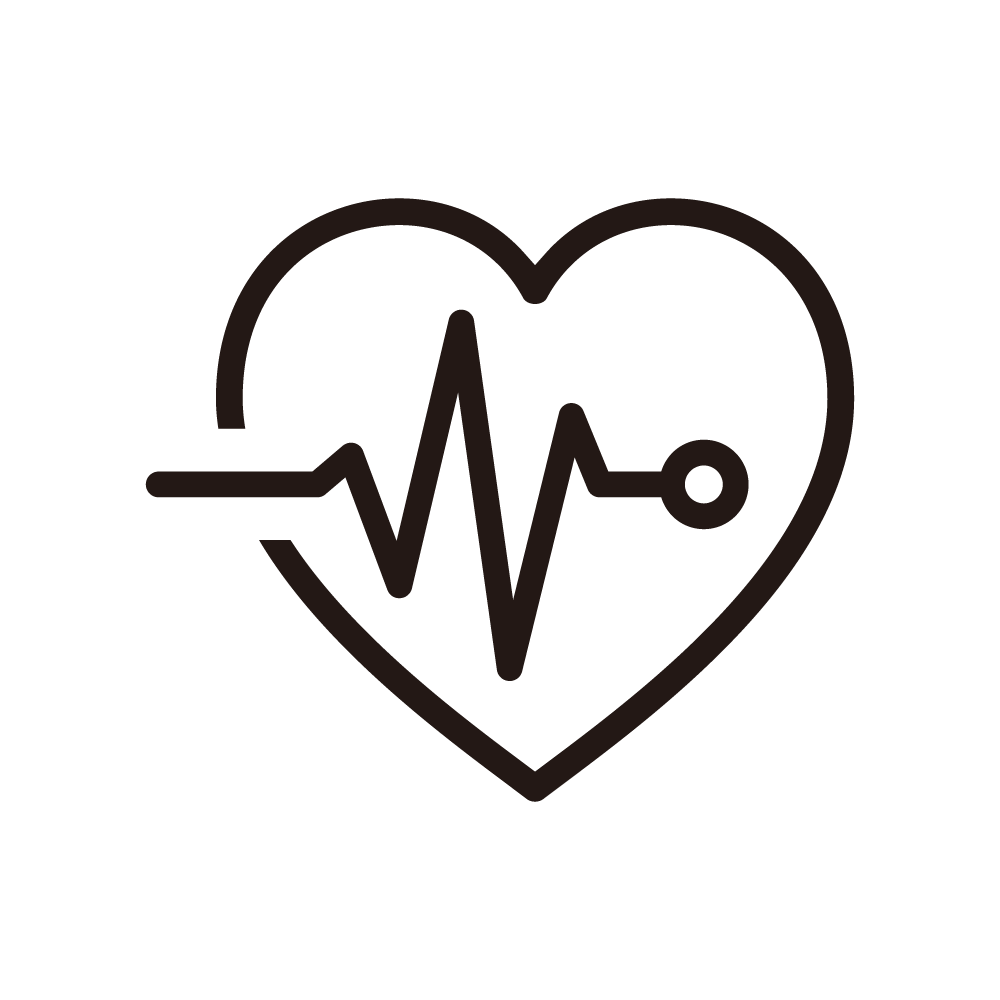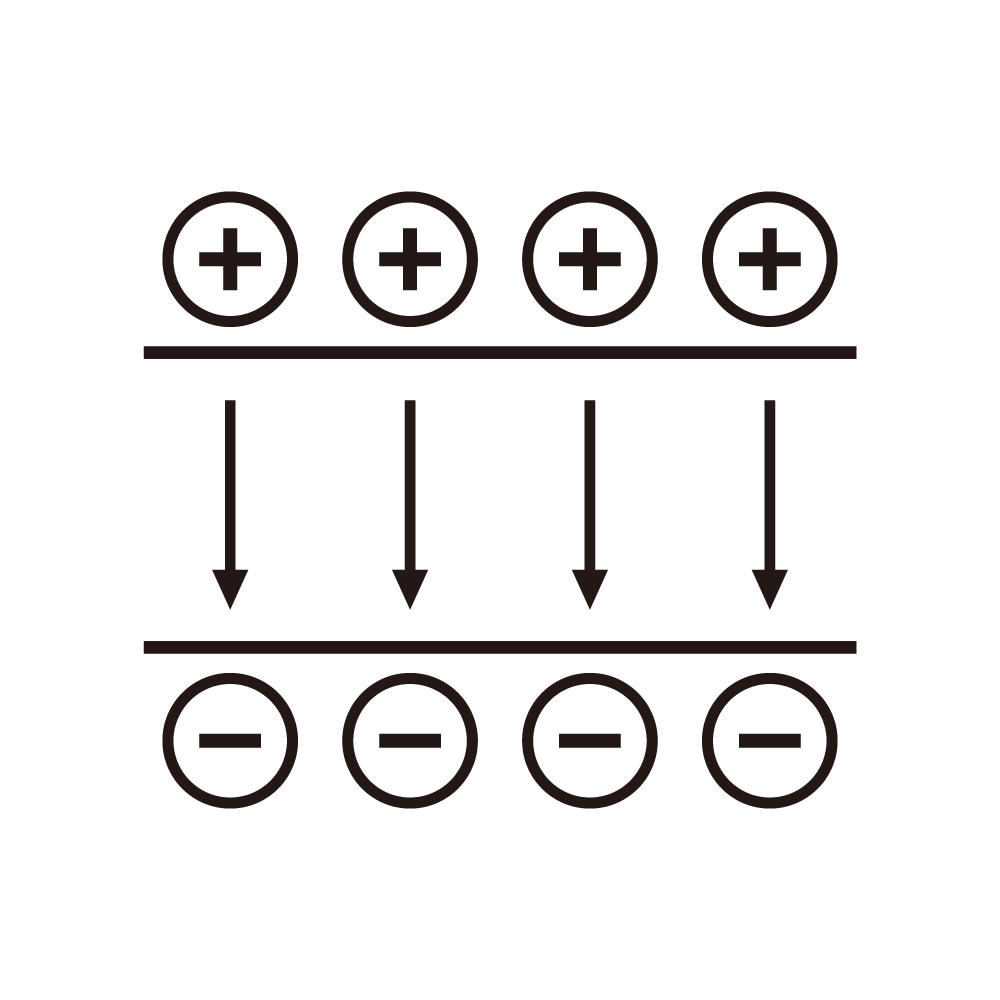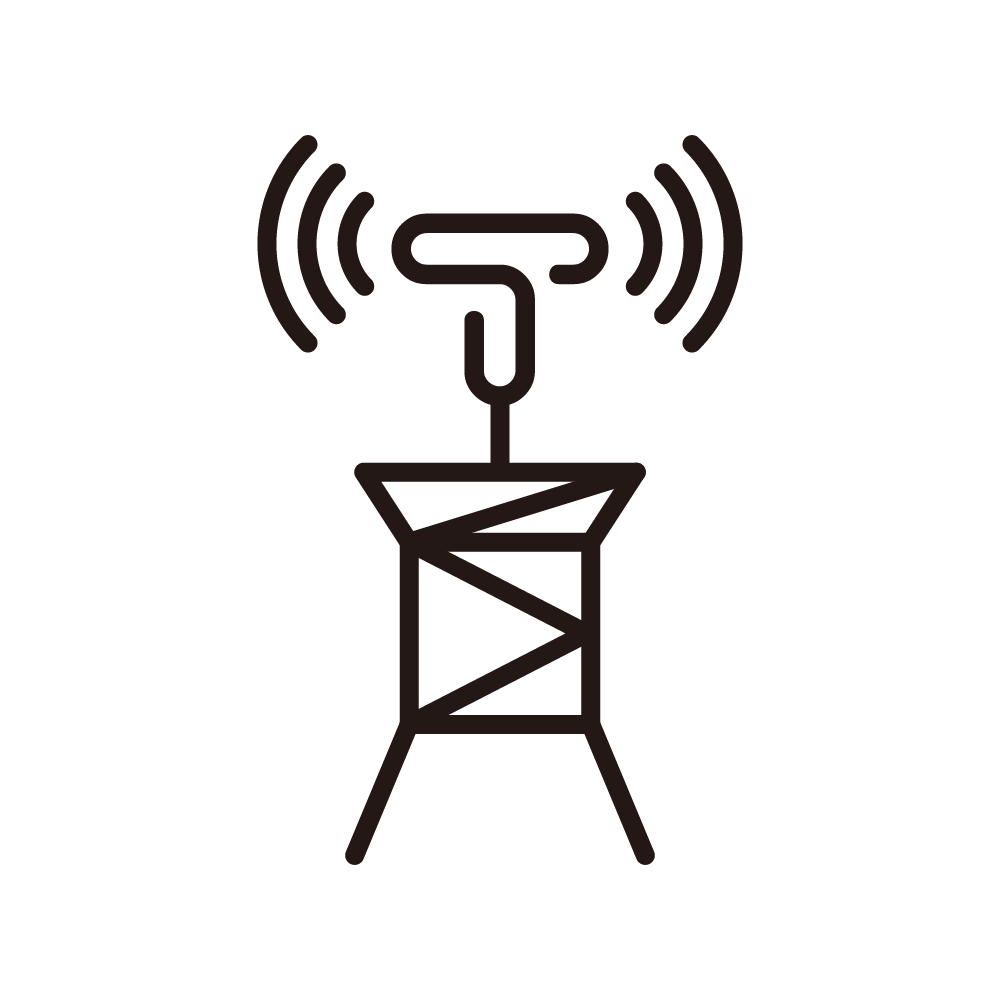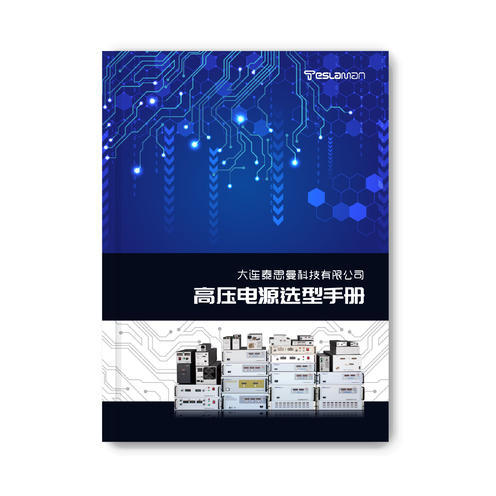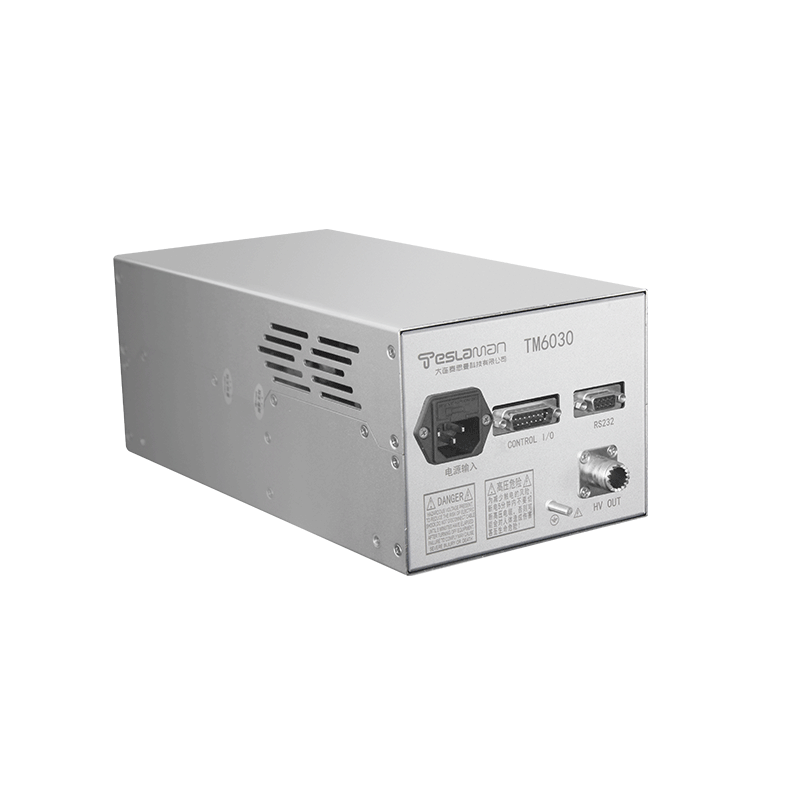Wide-Temperature Adaptability Improvements and Temperature Compensation Mechanisms in High Voltage Power Supplies
High voltage power supplies operating in industrial, medical, and research environments often encounter wide-ranging ambient temperatures. Extreme high or low temperatures can induce voltage drift, output instability, and accelerated aging of critical components, adversely affecting system performance. To address these challenges, high voltage power supplies have increasingly incorporated wide-temperature adaptability designs and active temperature compensation mechanisms.
Key components such as power switches, voltage references, and precision control circuits exhibit temperature-dependent behavior. Selecting components with minimal temperature coefficients—resistors, capacitors, and voltage references—combined with wide-temperature-grade semiconductors ensures stable operation from -40°C to +85°C. Proper PCB layout and thermal management further reduce local temperature gradients, enhancing overall performance.
Temperature compensation mechanisms are typically divided into passive and active approaches. Passive compensation leverages components with complementary temperature coefficients, such as resistor networks in voltage dividers, to counteract voltage drift. Active compensation relies on real-time temperature sensing of critical nodes and dynamically adjusts output voltage via microcontroller-based control loops. Advanced systems implement predictive algorithms, modeling the relationship between temperature and output behavior, allowing preemptive adjustment to maintain voltage within tight tolerances, often within ±0.1% across the full temperature range.
Thermal management strategies complement compensation mechanisms. High-temperature scenarios use optimized heat conduction paths, heat sinks, and active cooling, while low-temperature conditions may require preheating circuits to stabilize component performance during startup. Intelligent control algorithms also account for thermal inertia, adjusting output dynamically to mitigate transient deviations. By integrating these strategies, high voltage power supplies achieve consistent and reliable operation across extreme temperatures, ensuring stable performance in industrial, scientific, and medical applications.











